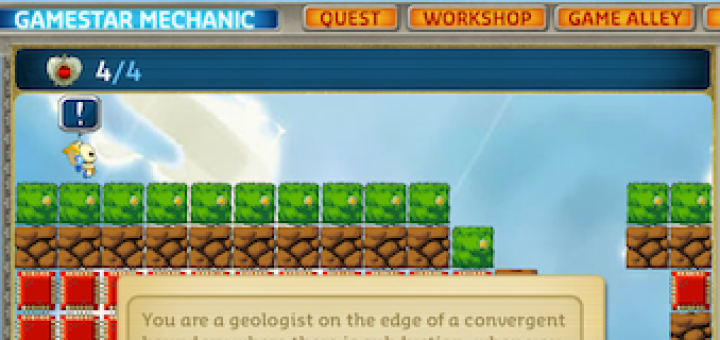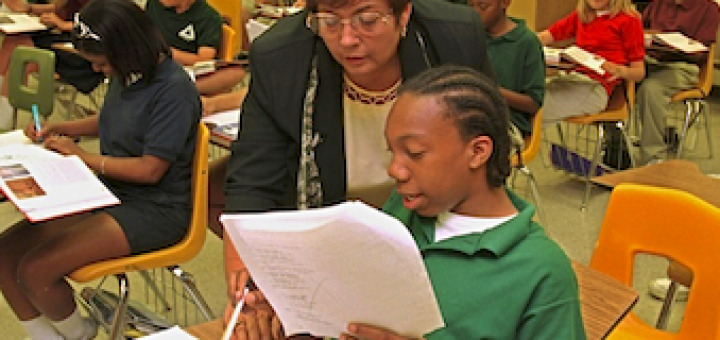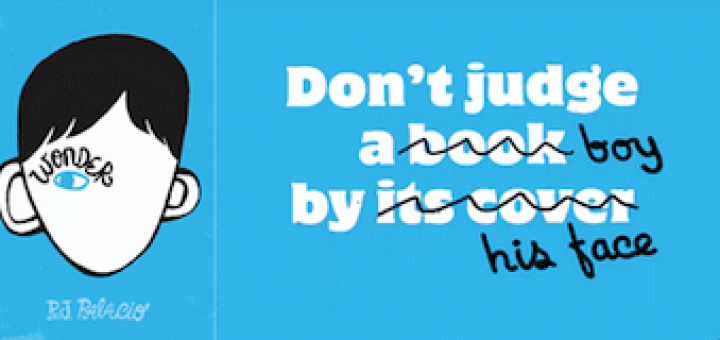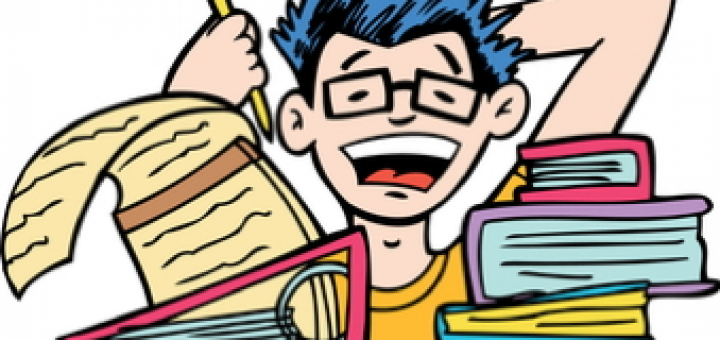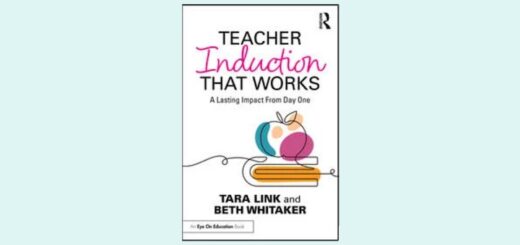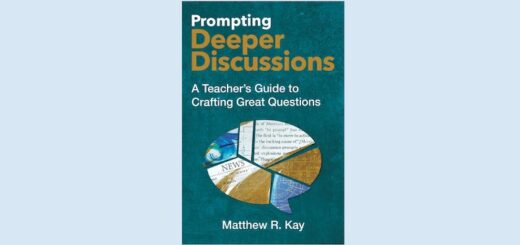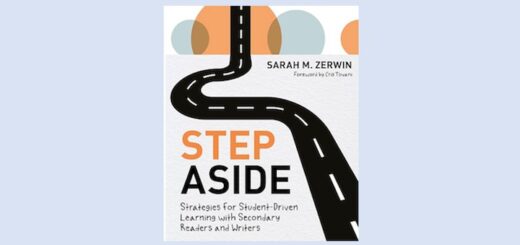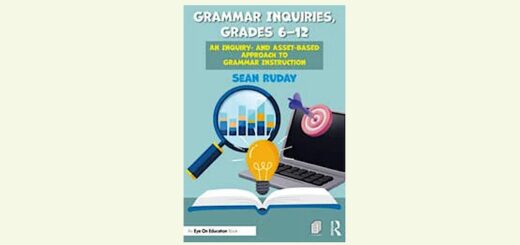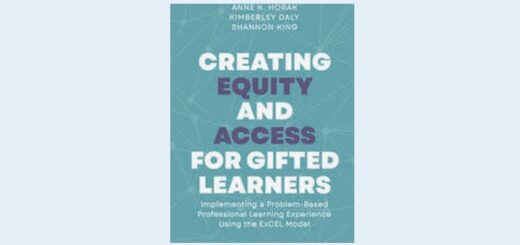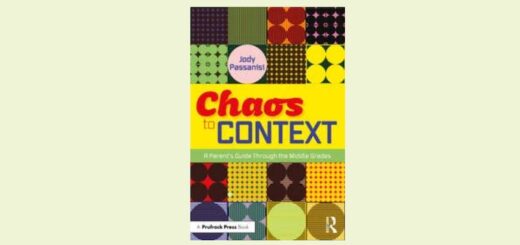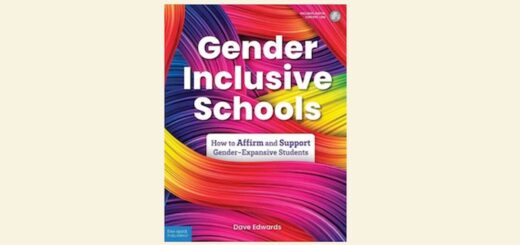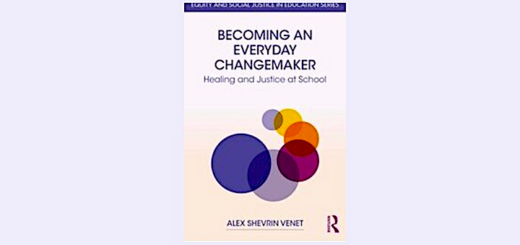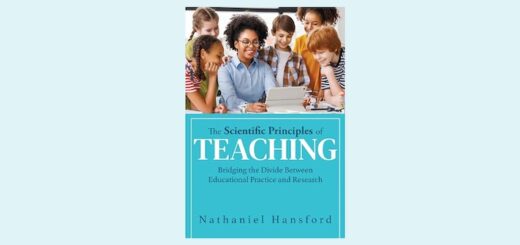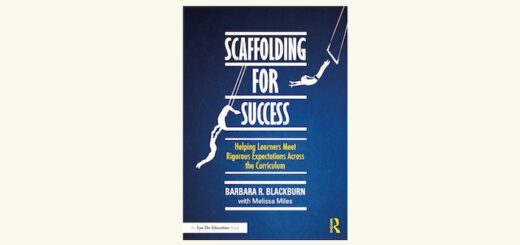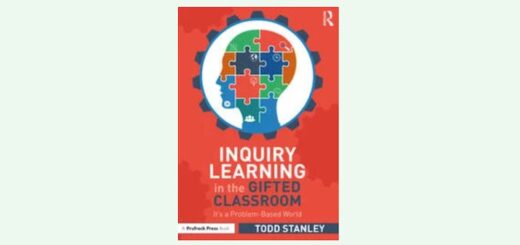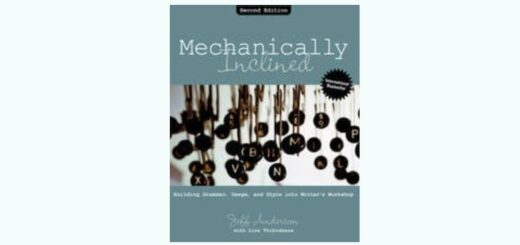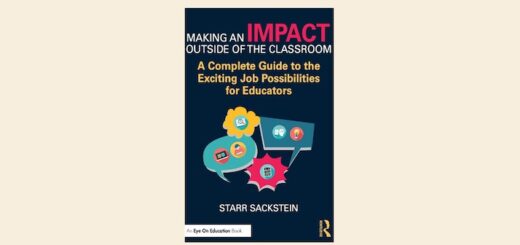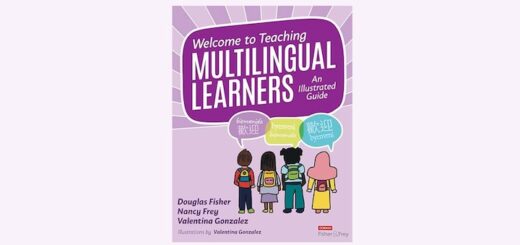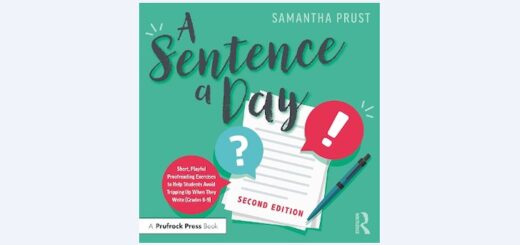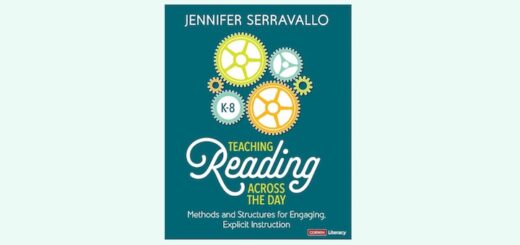Teaching and learning in grades 4-8
The First-Year Teacher’s Survival Guide: Ready-to-Use Strategies, Tools & Activities for Meeting the Challenges of Each School Day functions as a ‘teacher’s encyclopedia’ but an unfriendly index is a challenge, says reviewer Lena Welch.
Author and literacy consultant Sarah Tantillo shares six tips and a simple, user-friendly graphic organizer that can guide middle grades teachers as they unpack the ELA Common Core standards to create objectives & activities. From her upcoming book.
Current policies & practices supported by education reformers do not assure that students with disabilities can achieve Common Core standards, says special educator Elizabeth Stein. Inclusion students and teachers are trapped in a tangled web.
Kevin Hodgson’s students use Gamestar Mechanic to design, build & publish science-based video games. The engaging 6th grade team project aims “to connect writing & media to science.” Included: Four playable examples & a link to team’s resource site.
Inventor Terry Layne’s life story has many important messages for STEM educators and students about curriculum and careers. Lane’s portable liquid chromatograph, recognized by the InnoVision Awards, is inexpensive and suitable for classroom use.
In Part 2 of her article on conferencing with student writers, teacher-author Marilyn Pryle tells how she manages multiple conferences with each student during a class period. The key: give students small manageable tasks they can do on their own.
In the first of two articles about conferencing with middle grades writers, teacher-author Marilyn Pryle identifies a pair of critical elements that need to be present in early conversations: (1) praise; and (2) a focus on meaning – not grammar.
This less-than-50-page book from Susan M. Brookhart can help teachers assign fair individual grades growing out of group work, says teacher-reviewer Tracey Muise. It’s packed with ideas and examples for assessing group projects in various subjects.
Storytelling, in its richest form, has an incredible impact on children, writes 4th grade teacher Mary Tarashuk. As her students explore the world of August Pullman in R.J. Palacio’s novel Wonder, she witnesses passion-based learning in full flower.
Moving beyond the five myths of rigor to incorporate true instructional rigor in the classroom is critical in light of the Common Core, says expert Barbara Blackburn, who advocates scaffolding and differentiation to help all students achieve more.




